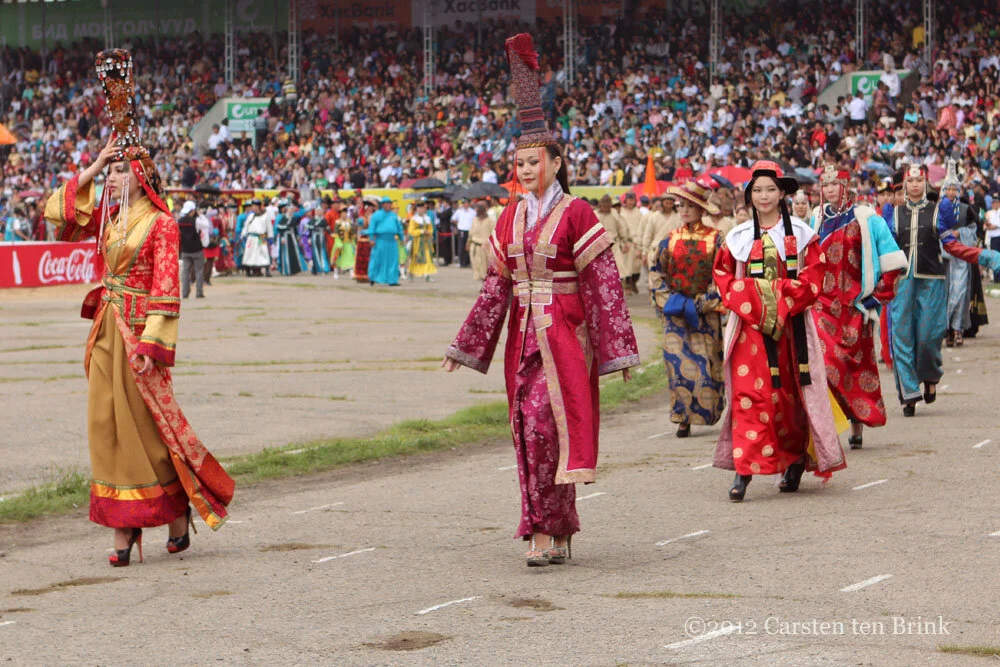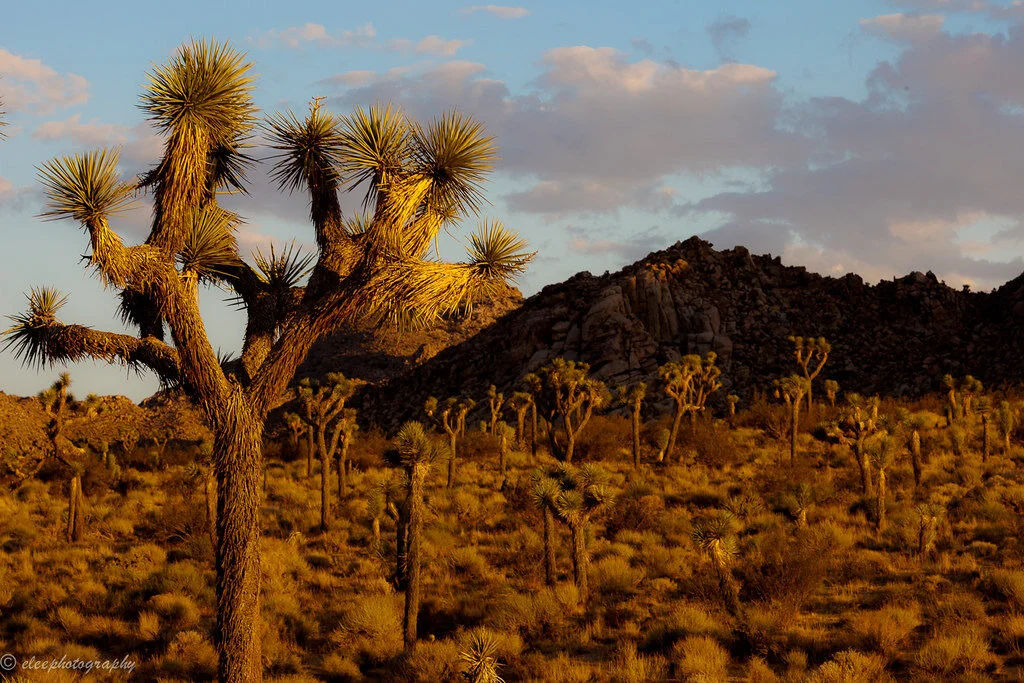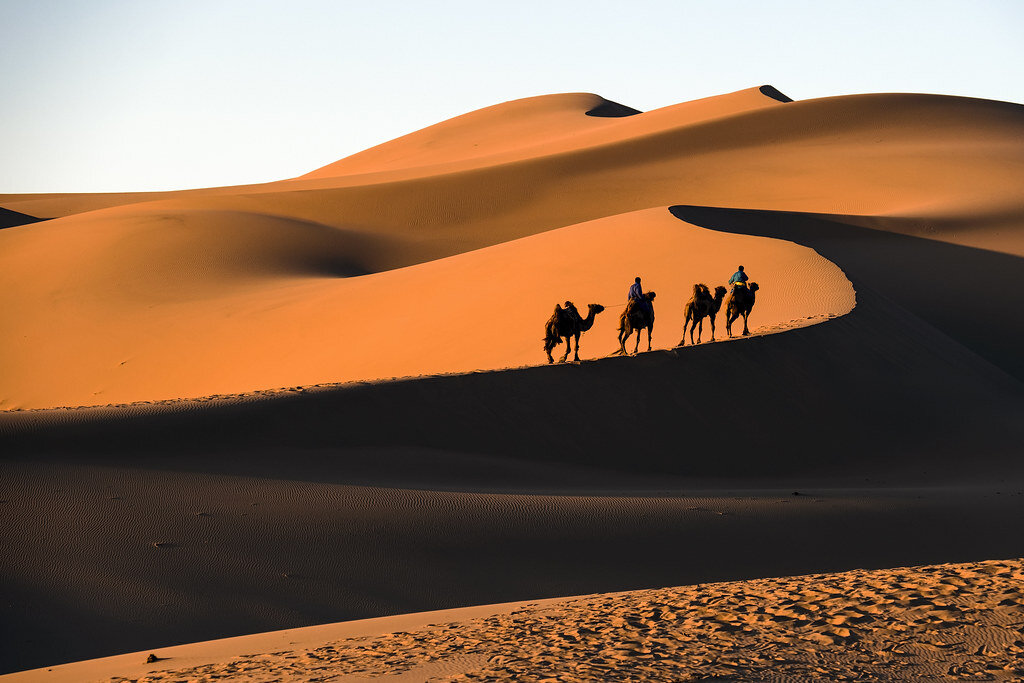For a few days in early July, the people of Mongolia eat, dance and play “the three games of men” during a storied festival called Naadam.
The 2012 Naadam opening ceremony in Ulaanbaatar. Carsten ten Brink. CC BY-NC-SA 2.0.
Mongolia is a country primarily known for its nomadic inhabitants and isolated location. Positioned between Russia and China, it is easily overlooked in the midst of these global giants. Its relative emptiness does not help matters; only 3.3 million people inhabit Mongolia’s 603,909 square miles , making it the least densely populated country in the world. But every summer, those 3.3 million come together in a celebration of sports, culture and Mongolia’s past. This celebration is called Naadam, and as far as festivals go, it is one of the last of its kind.
In ancient times, when Ghengis Khan and his horde of Mongols were inhabiting what would eventually become Mongolia, soldiers were selected for battle based on their skills in various sports. Wrestling, horse racing and archery in particular were activities that Khan believed a good soldier should, and would, excel at. Before and after battles, his battalions would organize and participate in sports competitions. These local competitions evolved into what Naadam is now.
As a consequence of the 1921 Mongolian People’s Revolution, which brought the nation independence from China, Naadam’s essence was altered. It was officially sanctioned as a national holiday, with a date set in the second week of July. Mongolia’s capital of Ulaanbaatar became the home of “National Naadam,” the biggest and most important celebration of the holiday. Most importantly, the festival became less of a violent competition and more of a national celebration; an emotional change which remains today.
Every celebration of Naadam features the three main sports of Mongolia; wrestling, horse racing and archery. All three sports have histories in Mongolia that are older than the country itself. For example: if a rock carving found in central Mongolia is anything to go by, wrestling competitions have been around in the county since the Bronze Age. Naadam features the grandest of all Mongolian wrestling competitions; up to a thousand or more take part in the Ulaanbaatar tournament. Before their matches, wrestlers often mimic local birds such as eagles, hawks and vultures. By doing well in the competition, wrestlers can receive titles based on these animals—“hawk of Ulaanbaatar,” for example, would be given to a wrestler who makes it to the final few rounds.
The final thing to note about Mongolian wrestling is the dress code, which is very particular. Wrestlers must don a four-sided hat, shorts, boots, and a shoulder vest that exposes the chest. The legend is that the open vest was put into practice after a woman snuck into the male-only wrestling competition in ancient times by pretending to be her father, and eventually won the competition. Such deceptions have been made impossible by exposing the chest of the wrestlers; to this day, Mongolian wrestling continues to be an exclusively male sport.
Naadam wrestling in the village of Tariat. Evgeni Zotov. CC BY-NC-ND 2.0
Horses are a large part of Mongolian life—nomadic tribes continue to depend exclusively on them for transportation. It follows that horse racing is extremely popular in the nation. According to Naadam’s official website, around 180,000 horses race during the holiday. All of Naadam’s races are very long in distance—at least in comparison to western competitions. The Kentucky Derby is about 1¼ miles long; a Naadam race can be up to ten times that.
Mongolian jockeys are incredibly wily and experienced; most Mongolians learn to ride a horse when they are just five years old. The jockeys treat their horses with incredible care. Before, after and even during the races, they are said to sing complimentary songs to their steeds.
The final sport of Naadam is archery, which is said to be even older than wrestling in Mongolia. Naadam’s official website hypothesizes that archery has been around in Mongolia since the Neolithic period, which ended in 4,500 BC. It was first used for hunting—later on, Ghengis Khan would employ it in his battles and sports competitions.
Male, female and child archers all compete at Naadam, wearing traditional costumes made of colorful cloth. There are three categories of the sport—Khalka, Buriat and Uriankhai—each of which come from different tribes and have different sets of rules. Only men are allowed to practice Uriankhai archery, for example.
While these three sports are the core of Naadam, the festival does not begin and end with them. There are smaller carnival games, singing and dancing. National cuisine is enjoyed; Khuushuur, a fried pancake with meat, is the most popular dish. Airag, a fermented, alcoholic drink made from horse milk, is also popular.
However, Naadam’s most important attribute is not the food, the history or the sports competitions. It is the fact that for a few summer days, the sparse vastness of Mongolia is filled. Whether in Ulaanbaatar or in a tiny village, Naadam brings Mongolians together to celebrate a culture that few in the world know anything about. This quiet happiness is the magic of Naadam; it is a magic that will continue long into the future.
Finn Hartnett
Finn grew up in New York City and is now a first-year at the University of Chicago. In addition to writing for Catalyst, he serves as a reporter for the Chicago Maroon. He spends his free time watching soccer and petting his cat























